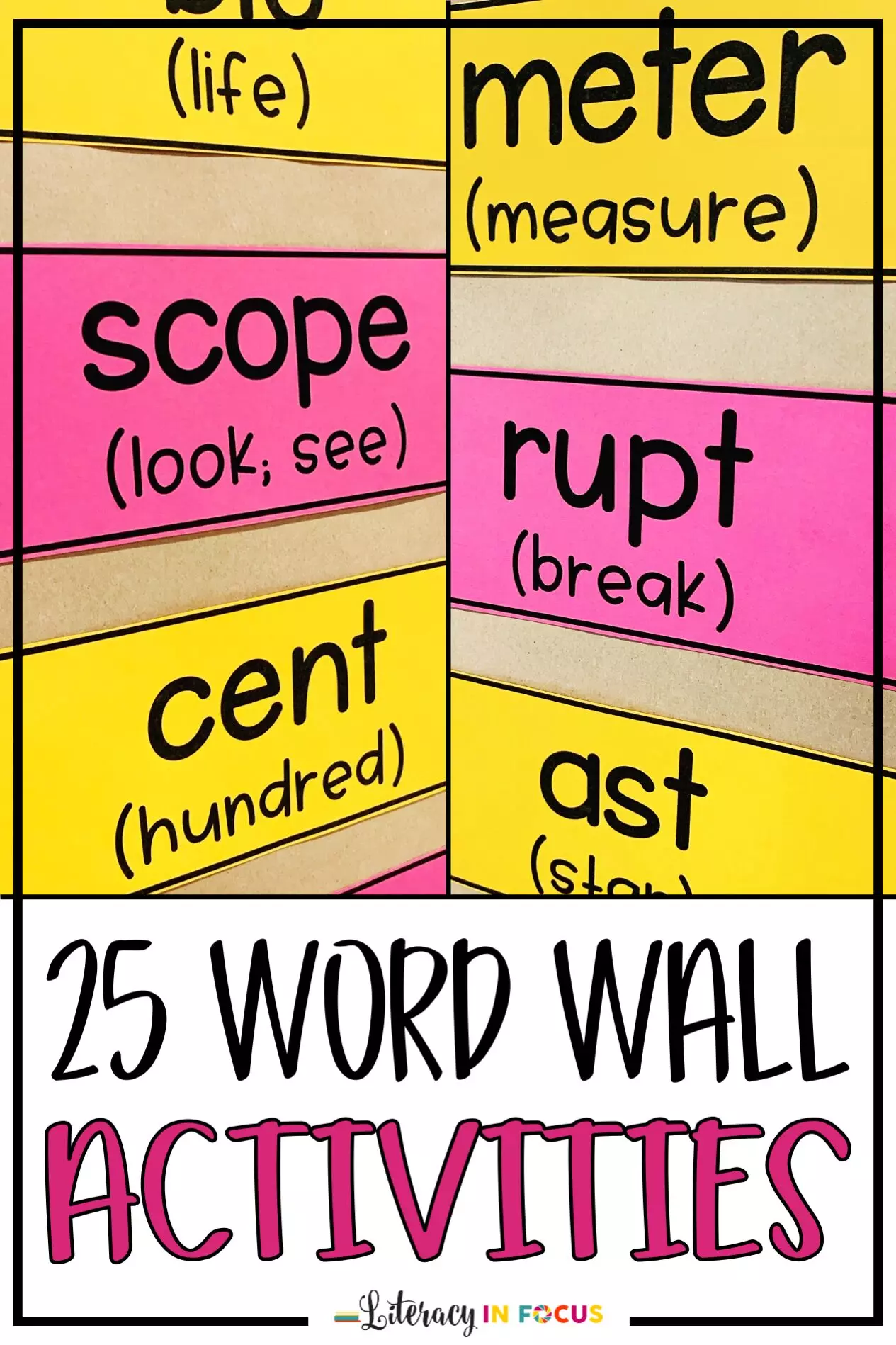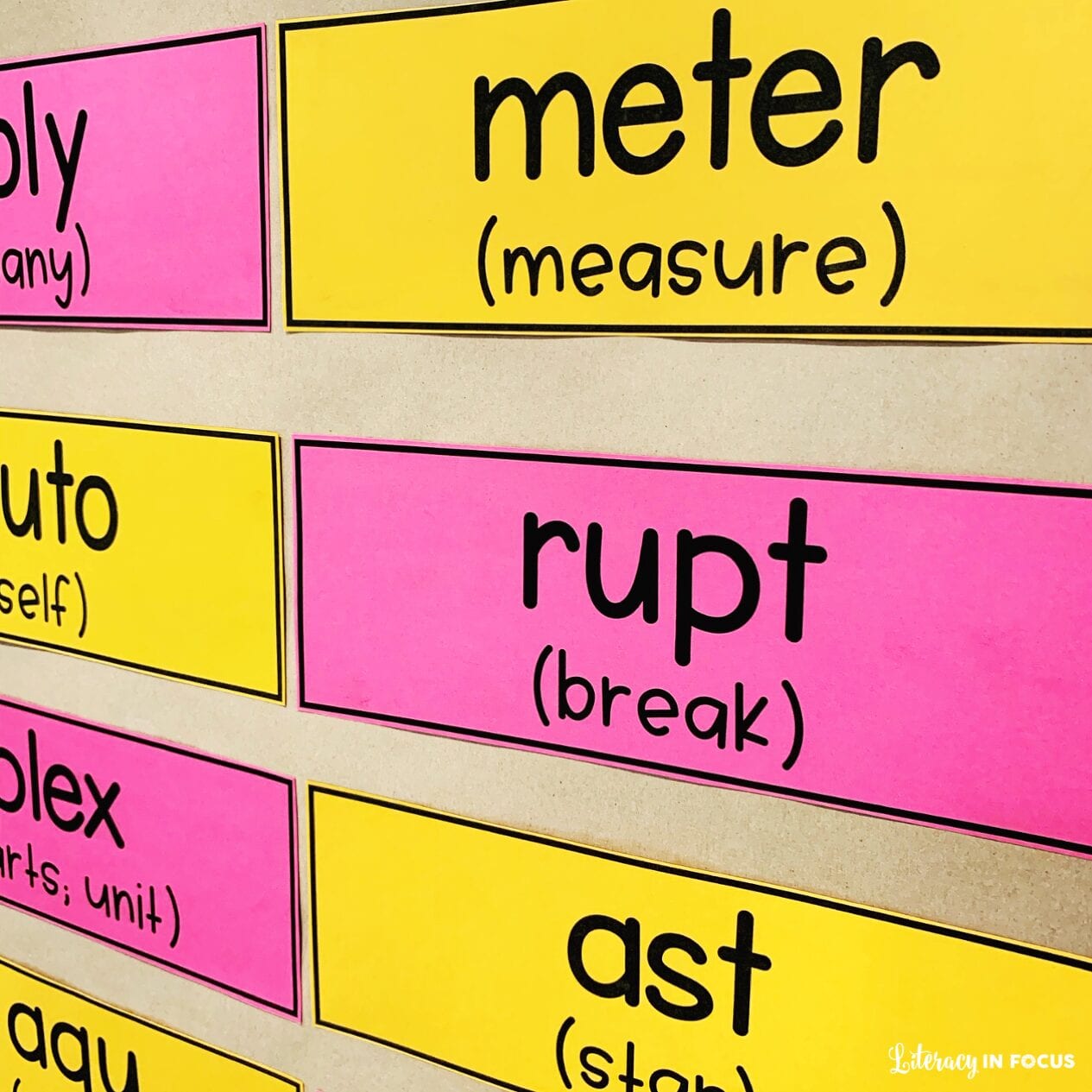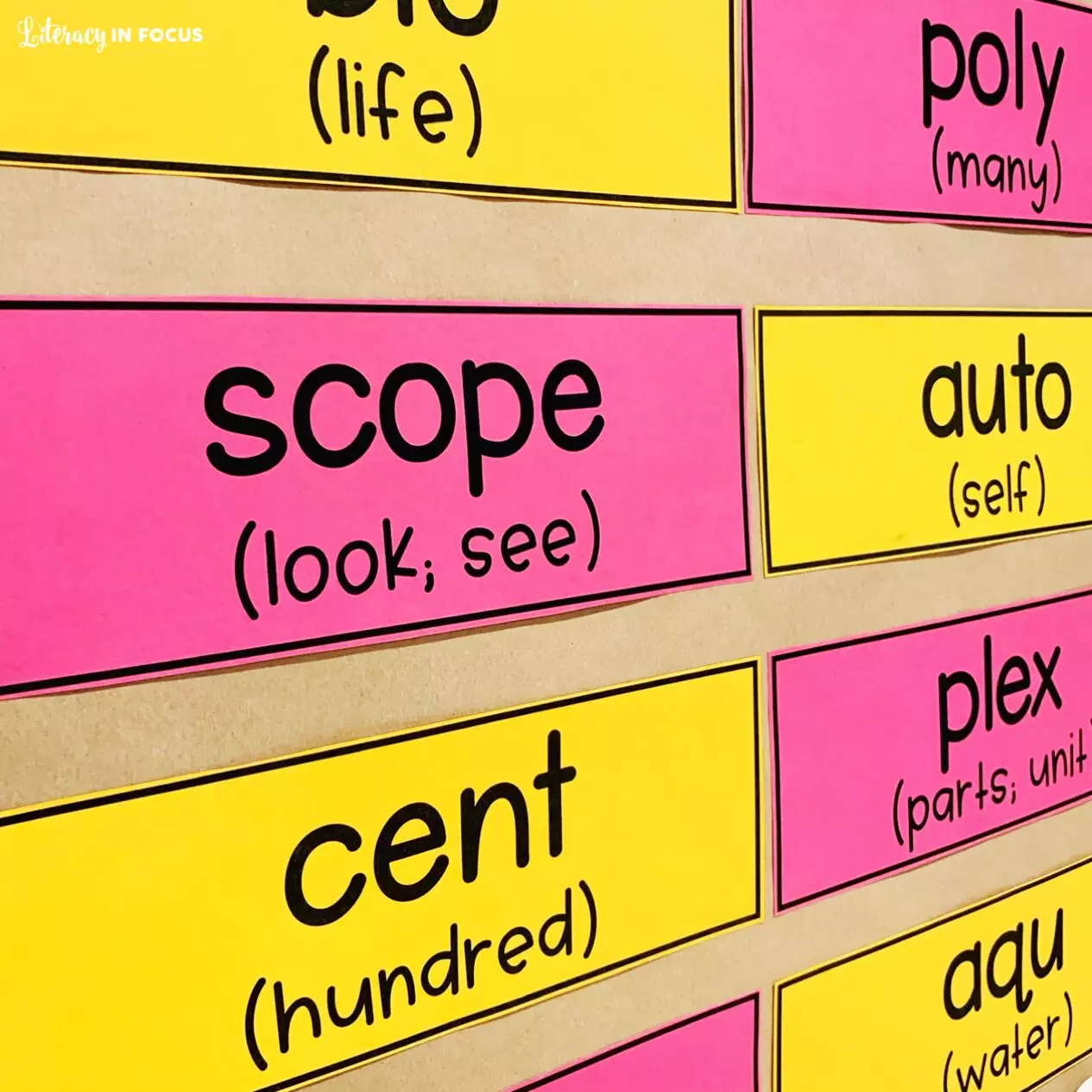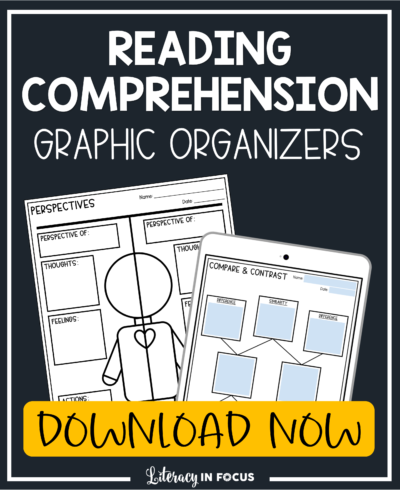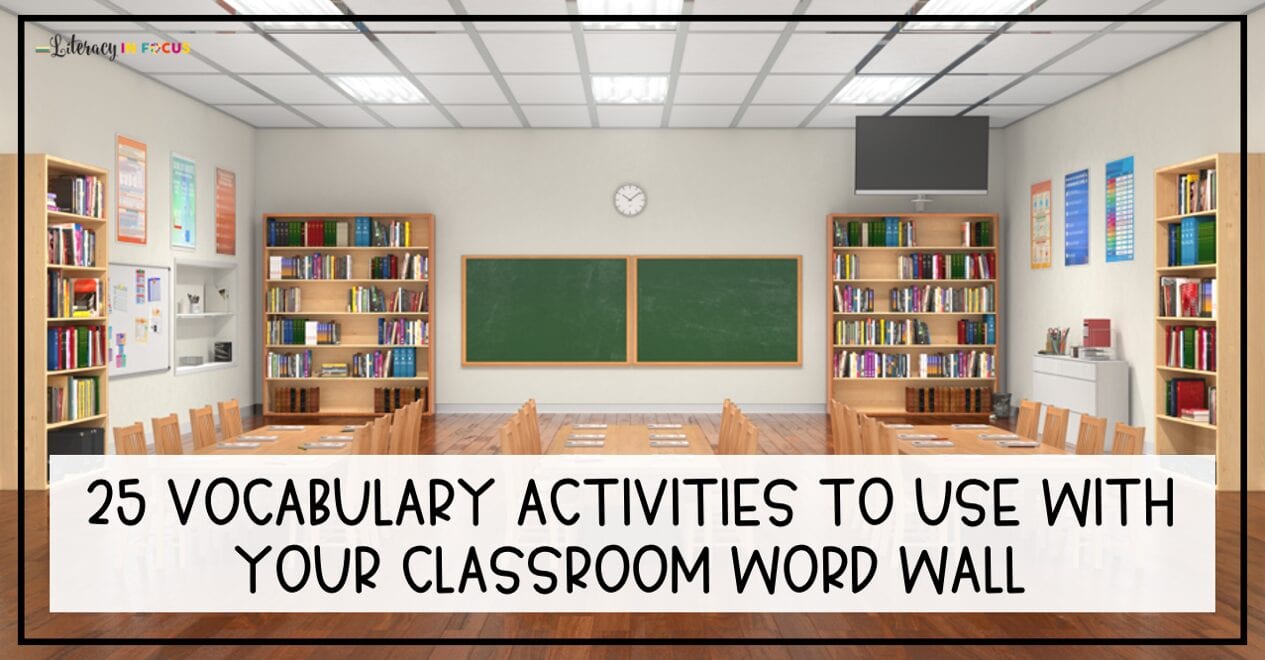
You’ve created, printed, and hung your beautiful new word wall. Now what? You’ve spent a ton of time researching and compiling words for your word wall, and you don’t want it to become a passive reference point, fading into the background of daily instruction. Sound familiar? The activities listed below will help you to transform your word wall into an interactive tool for students to utilize on a regular basis.
KWL Chart
Most of the words that make up your classroom word wall will be new to your students, but there is a chance that a few will be familiar. Completing an individual KWL chart when the word wall is first introduced will give you an idea of how much students know about each word. It will also allow students to track their vocabulary knowledge as the unit or chapter progresses. First, instruct students to split their paper into three columns: Know, Want to Know, and Learned. Next, have students sort the word wall words into the “Know” and “Want to Know” columns. As you progress through the unit or chapter of study, students should be able to move words from the “Want to Know” column to the “Learned” column.
Story Time
Students write a story using all (or a set number) of words from the word wall. This activity works well because students need to have a clear understanding of each word’s meaning before effectively including it in their narrative. Also, dramatizing the words will assist students in remembering the individual word meanings.
Word Categories
Students sort the words from the word wall into categories. In order to allow students to form their own sorting patterns, categories are not predetermined. Similar to the use of a graphic organizer, sorting the words into categories will allow students to clarify patterns and relationships between words.
I Have, Who Has
Playing I Have, Who Has with students requires some prep work on your part, but the pay-off is worth it. Before playing the game, write each word and definition (separately) on a card to pass out to students. In other words, you will give each student a word card and a definition card. The format for creating the word and definition cards is up to you. To start game play, pass out a word card and definition card to each student. Once all of the cards have been passed out, the game begins. Choose a student to read the first definition in the following format, “Who has (insert definition)?” The student who has the word for that definition responds with, “I have (insert word). Who has (insert definition).” Game play continues until all words and definitions have been read.
Word Art
Students create a visual representation of each word. Connecting each term with a picture reinforces word recognition and recall. Plus, this activity appeals to multiple learning styles, and it’s easy to differentiate.
Word Wall BINGO
In order to play Word Wall BINGO, each student will need a game board that includes words from the word wall. When you read a definition, students mark off the corresponding word. In order to ensure that you have one winner, make sure all of your word wall BINGO cards are different. Not all cards need to include all of the word wall words. In fact, it’s more challenging for students if the cards don’t include all of the words from the word wall.
ABC Order
Placing the words in alphabetical order will give students practice with the spelling of each word. Ideally, a majority of the words on the word wall will be fairly new to students. Learning to spell new words is an integral part of the vocabulary acquisition process.
Parts of Speech Sort
Reinforce grammar skills with a parts of speech sorting activity. Students sort each word from the wall according to its part of speech. If students are still learning the different parts of speech, you can provide them with a dictionary to check their work. This is a great activity for reviewing the use and function of the eight parts of speech.
Spelling Bee
Hosting a classroom spelling bee is another activity that will reinforce the correct spelling of each word on the word wall. Splitting the class into teams and making it a friendly competition will increase engagement and participation. If students are not comfortable speaking in front of the class, or if you don’t want to put students on the spot, you can transform the spelling bee into an oral spelling test.
Mind Reader
The essence of this game is for students to guess the word based on a series of verbal clues. In order to teach students how to play, start off by giving them clues and let them be the mind readers. After students have a clear understanding of the game, they can play on their own in pairs or teams. Sticking to a set number of clues for each word adds urgency and avoids boredom.
Sentences
Keep it simple, and require students to use each word in a sentence. Placing the words in context creates relevance and cements meaning, making it an ideal practice activity for learning new words.
Matchmaking
The open-ended and creative nature of the matchmaking activity makes it a favorite for students. Essentially, there is never a wrong answer. Working in pairs, students make authentic connections between two words from the word wall. Building associations between words reinforces meaning and gives students a chance to work with each word in a low-stakes environment. You can assign word combinations or let students choose on their own.
Flashcards
Students create a set of flashcards for all the words on the word wall. The physical act of writing out each word and its definition will reinforce understanding and recognition. Plus, the flashcards can be used as a future study aid.
Fill-In-The-Blank
Similar to sentence writing, the fill-in-the-blank activity requires students to place each word in context. Write a sentence that includes each word from the wall, but insert a blank space where the word should be. It is the job of the students to figure out which word goes with each sentence. This activity is extremely versatile. You can create a worksheet of fill-in-the-blank sentences, or write the sentences on the board. Identifying the words in context, rather than in isolation, is important because it provides students with a strong frame of reference for understanding and integration.
Synonyms and Antonyms
Finding synonyms and antonyms is a common activity for learning new words. Extend the activity with a lesson on word choice, connotation, or shades of meaning.
20 Questions
Pick one word from the word wall, but don’t reveal which one. In order to guess the word, students are permitted to ask twenty yes or no questions. Based on answers to the yes or no questions, students try to determine the correct word. After learning how to play, you can break the class into pairs to play on their own.
Word Search
Most students enjoy completing a word search. Throw in a highlighter, and it’s even more fun. You can create your own word search puzzle, or use an online word search generator. I prefer to use the word search generator from A to Z Teacher Tools because it gives the option for including only forward facing words.
Charades
Make learning fun with a game of vocabulary charades. First, place students into teams. Next, call on a volunteer to act out the word from the list of word wall words. Teams can only shout out three guesses. The team that guesses correctly, earns a point. Game play continues in this fashion until all words have been played, or time runs out.
Hangman
Hangman can be played as a class or in pairs. In order to make the game more challenging, cover up the word wall during game play. If your students are not familiar with how to play hangman, click here to show them a short explainer video.
Flyswatter Splat
Another students favorite, flyswatter splat reinforces word meaning with engaging game play. First, list (or project) all words from the word wall on the board. Next, split students into two teams, and select a student from each team to be the first “splatter”. “Splatters” stand next to the list of words on the board. The game begins when you read a definition of one of the word wall words. The first student to “splat” the correct word with the fly swatter earns a point for their team. Game play continues until all definitions have been read.
Acrostic Poems
In order to complete this poetry activity with your students, assign a word from the word wall to each student. Have students write the word vertically on a piece of paper. Each letter of the word will start a line to their poem. The poem must be reflective of the word’s meaning. Lines can be made up of single words or phrases, and rhyming is not necessary.
Matching
Students match each word with its correct definition. Depending on existing knowledge of the words, students may need to use a dictionary to check their work.
Around the World
Around the World is another game that gets students up and out of their seats. A detailed explanation of the game can be found here. You can read the definition and require students to guess the word or vice versa.
120 Root Words, Prefixes, and Suffixes Word Wall with Flashcards

Crossword Puzzle
Completing a traditional crossword puzzle will give students an opportunity to learn the definitions of each word. If you want to take more of a hands-on learning approach, you can let students manipulate the word wall words into their own crossword puzzle using letter tiles or letter cards. While this version doesn’t necessarily reinforce the definition of each word, connecting and arranging the words will reinforce spelling.
Student Additions
When it is clear that students have a solid grasp of all the word wall words, give them the opportunity to add more words. Adding relevant words moves students from the basic levels of cognition to the more advanced levels of critical thinking.
